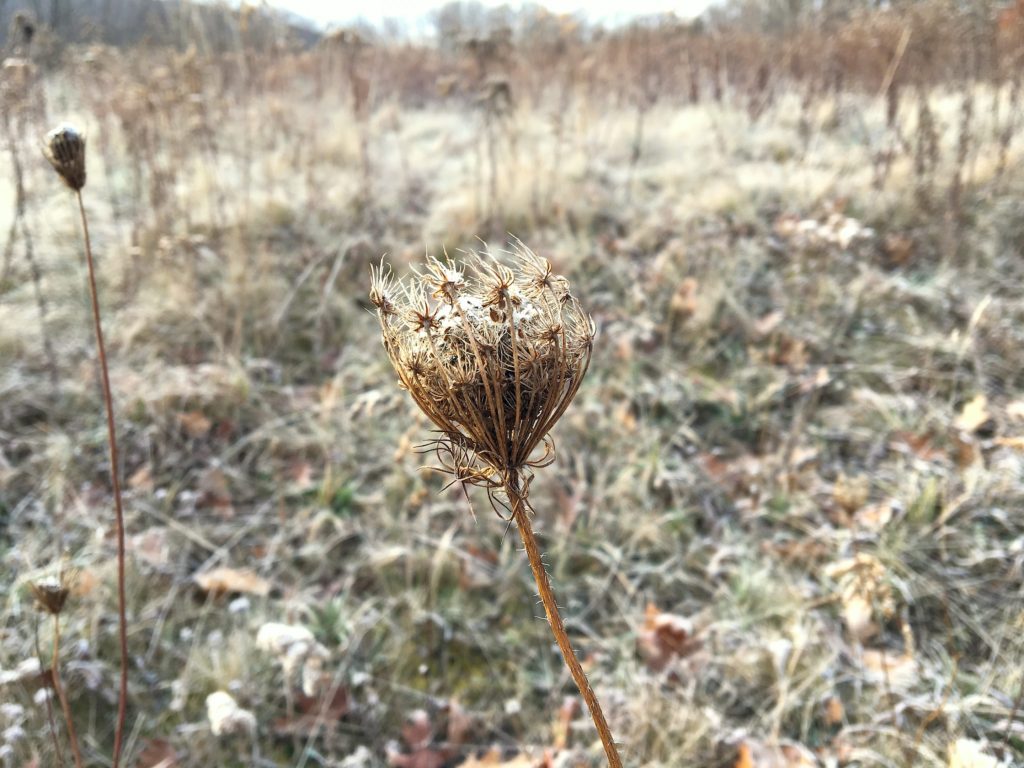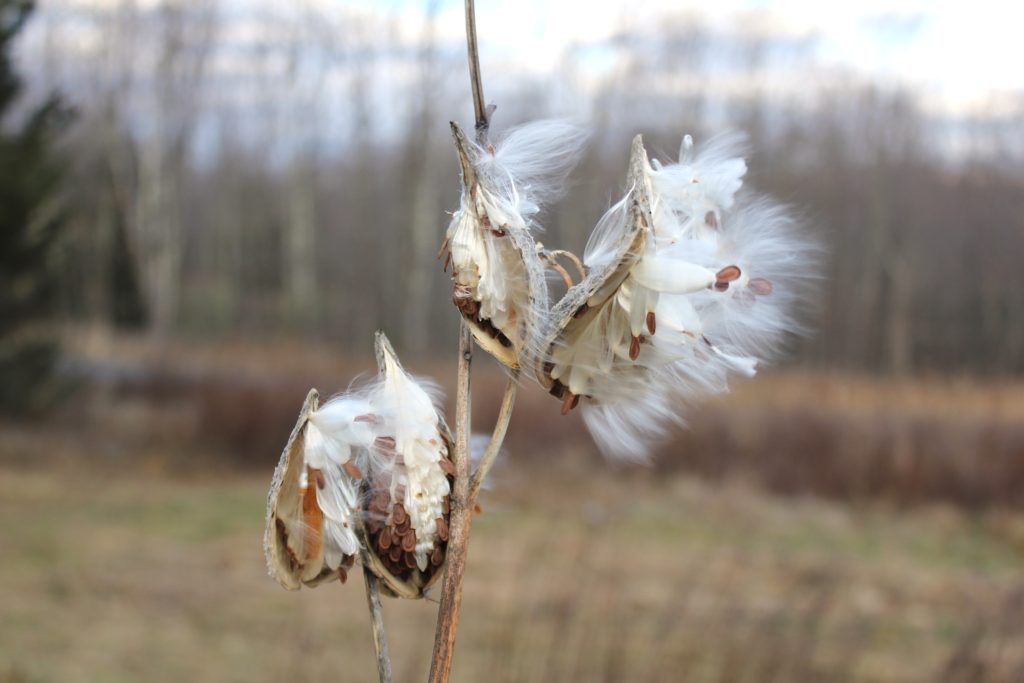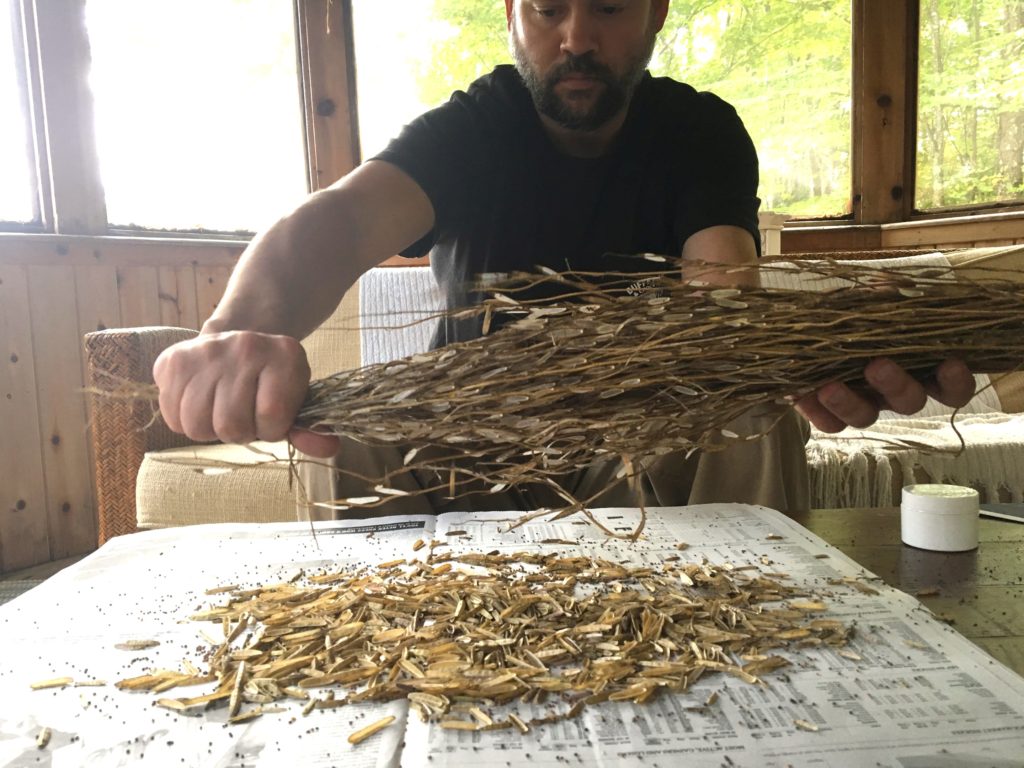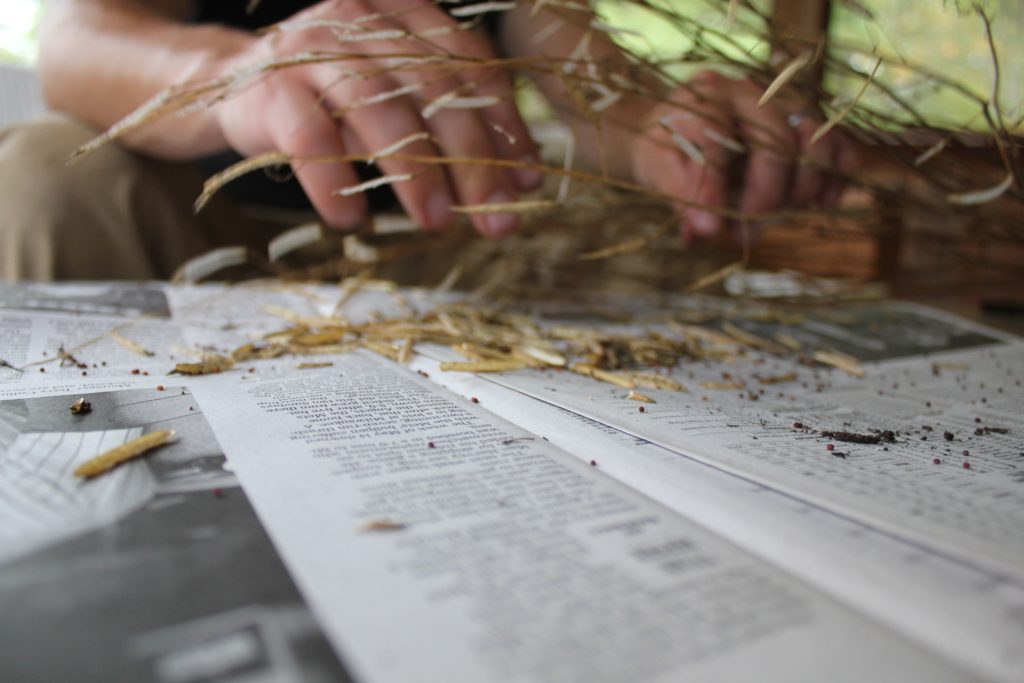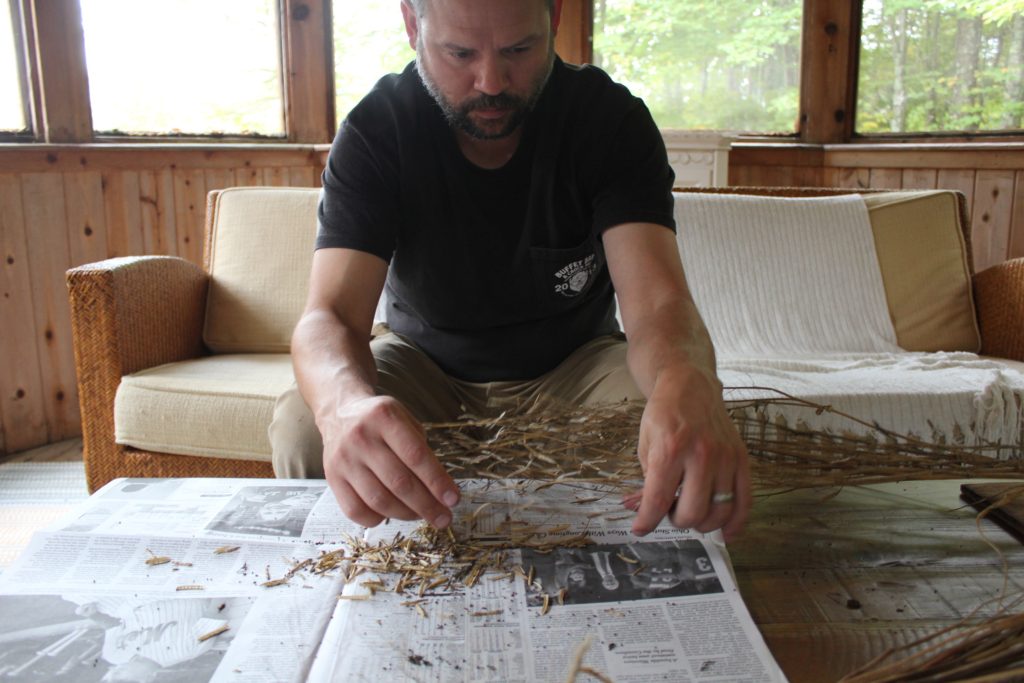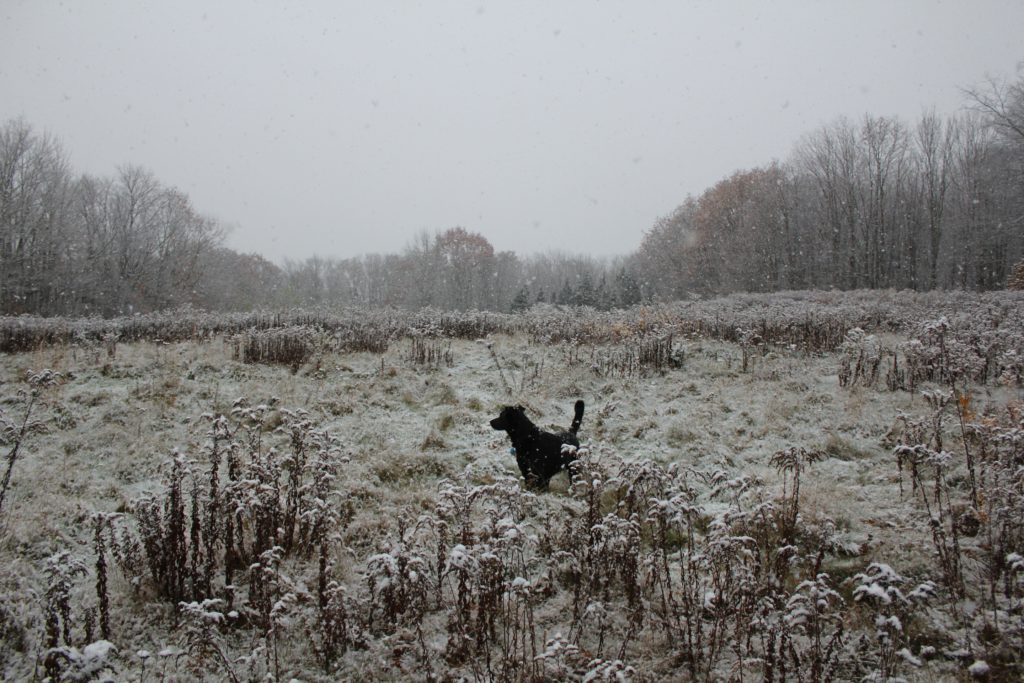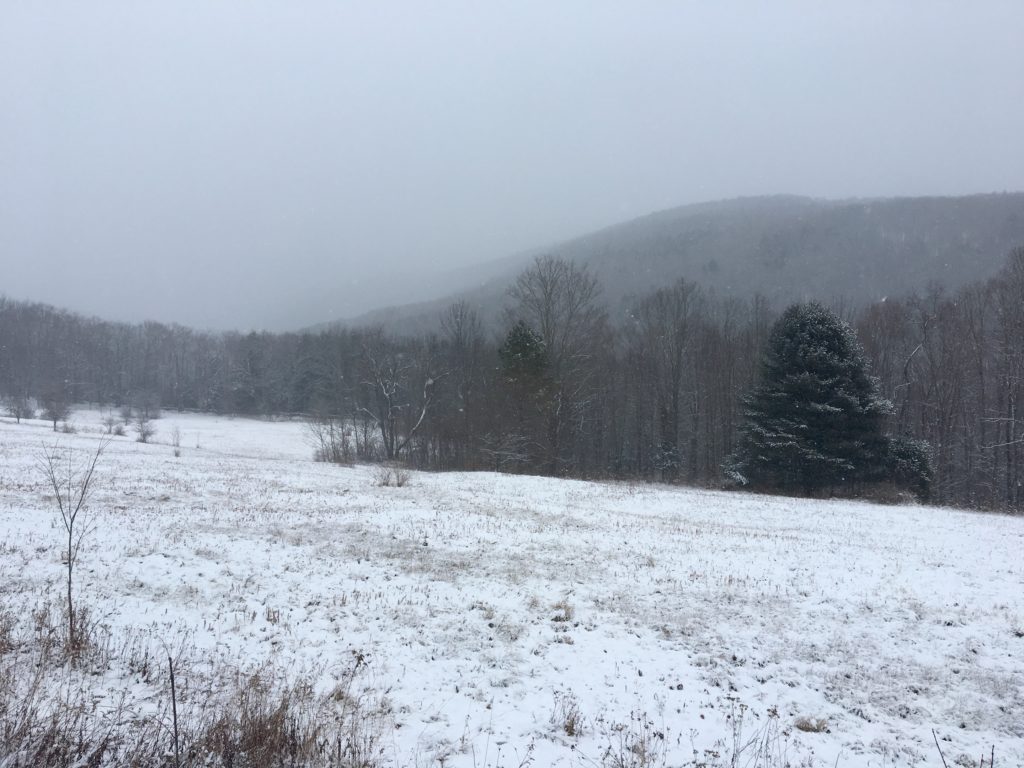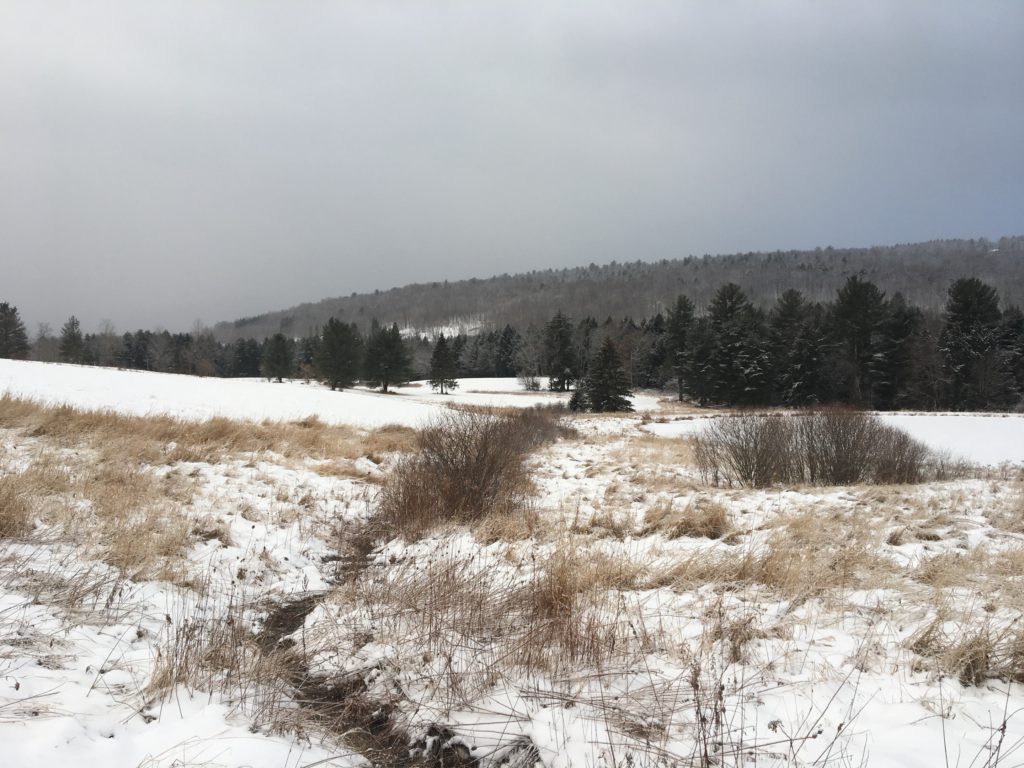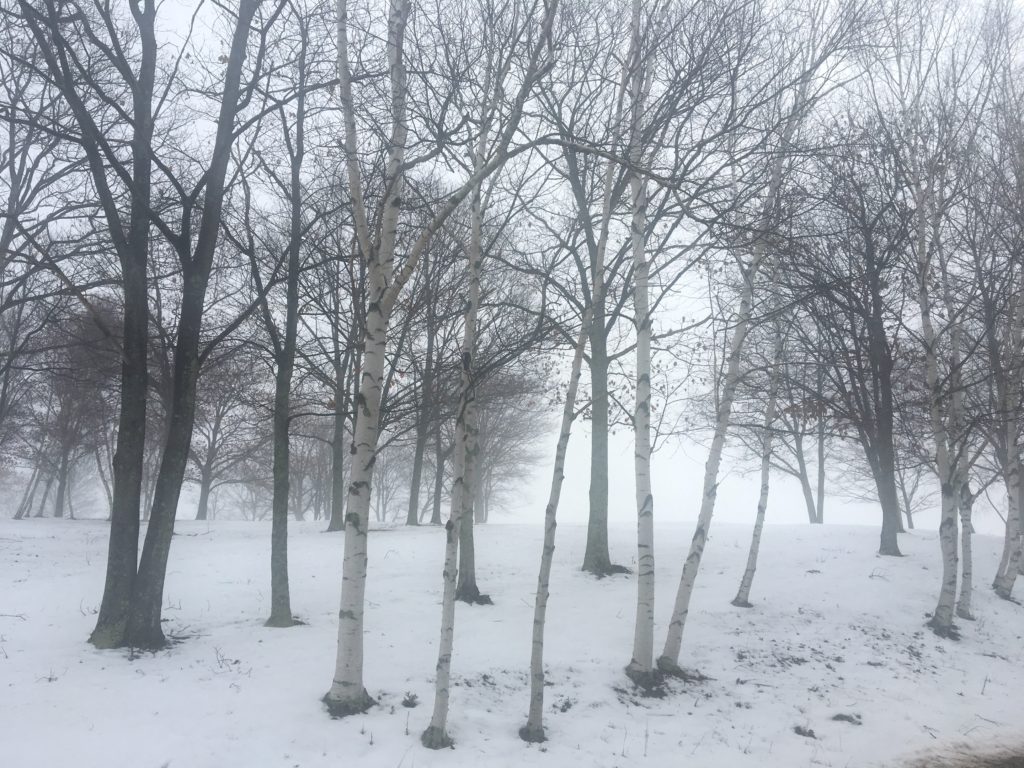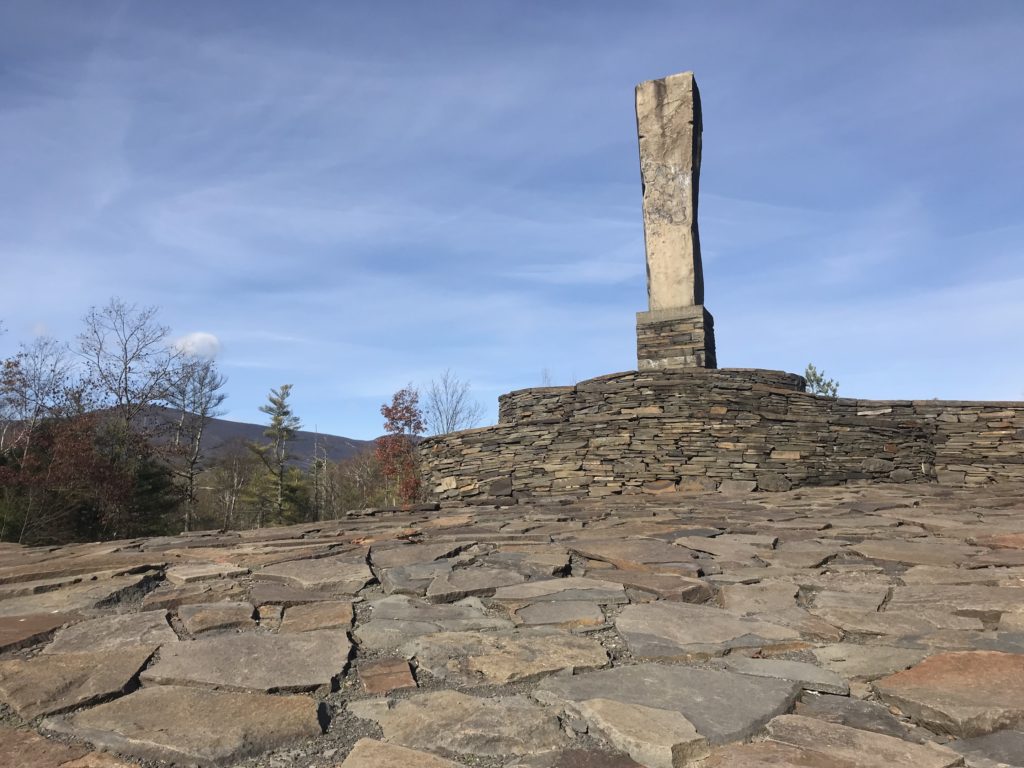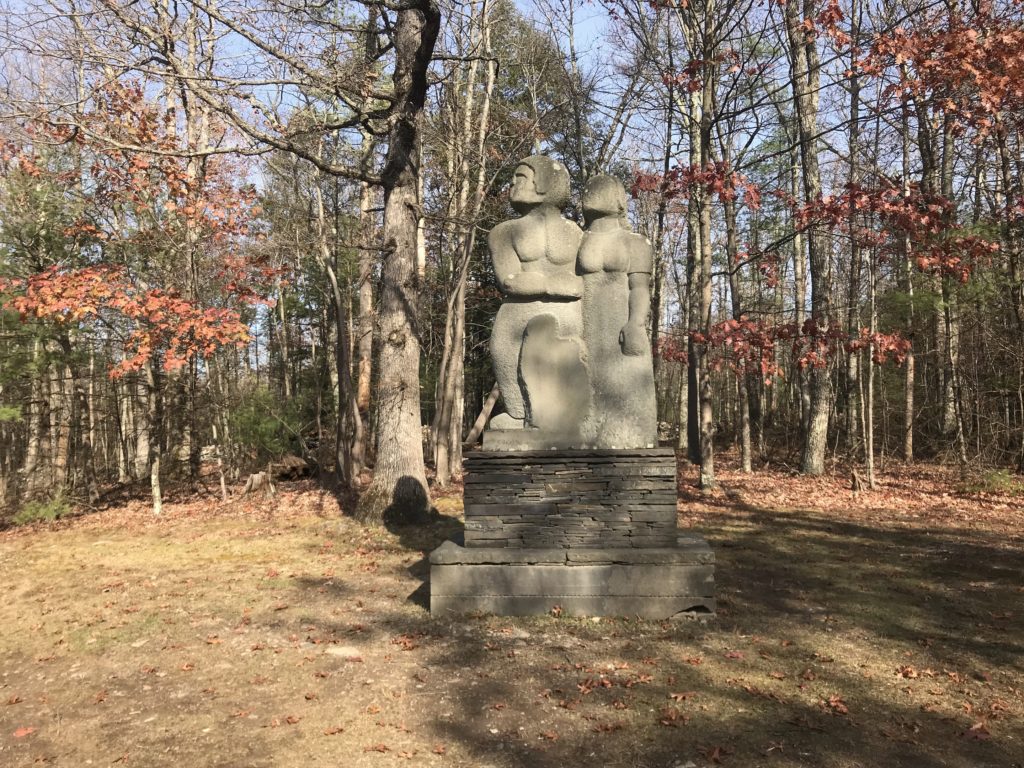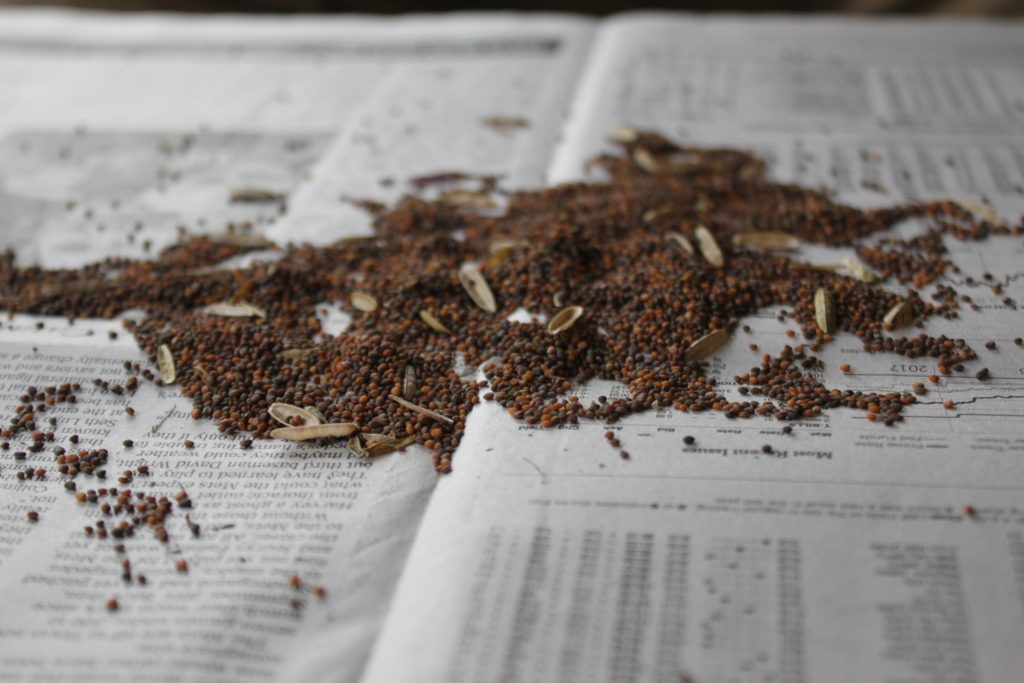
Back in the day, something described as “going to seed”, was something – usually a woman – that was old, neglected or useless, on the turn, dried out or past its sell-by date, but we can take that idiom back and revise it. We can transform it into a farming analogy to assist people preparing for another round of winter blues, cabin fever or those suffering the bleakness of depression or raw pain of heartache .
From Kristi Burnett of Burnett Farms, a local farmer, comes a tip that she received from a past mentor. If you’re in the depths of depression, imagine yourself as a seed frozen and buried in the earth. It’s dark and cold down there, but come spring, you’ll transform, emerging from the soil with enormous potential, growing into a towering oak or majestic hemlock, a being much larger than you were before. Now is the time to hunker down, meditate, study, and prepare to break ground and blossom in the spring. You may never be the same again, but you will be robust enough to scatter your knowledge like more, hardier wild seeds in a strong wind.
